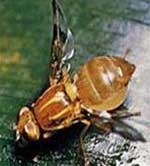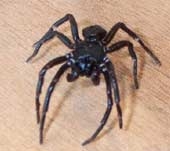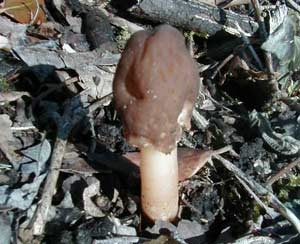Humans possess the most intelligent brains, but insects are the true rulers of the Earth. To date, scientists have compiled a list of approximately 1.5 million species present on Earth, with insects accounting for two-thirds according to the annual report from the National Academy of Sciences in the United States. However, the total number of species on Earth is estimated to be nearly 9 million, with 90% believed to belong to insects. In the eyes of many, insects are a frightening species. So, what would happen if they suddenly disappeared?
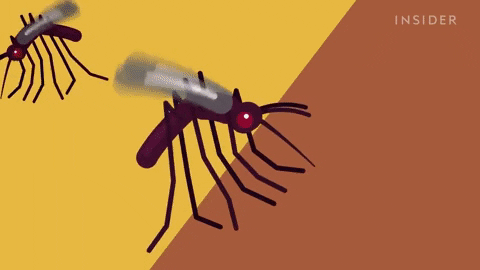
Mosquitoes kill hundreds of thousands of people each year by transmitting malaria and other diseases
First, let’s consider some insect species that most people despise and wish would disappear, such as mosquitoes, flies, and cockroaches. Mosquitoes kill hundreds of thousands of people each year by transmitting malaria and other diseases. However, the 3,000 species of flies and mosquitoes on Earth serve as food for birds, bats, frogs, and other animals. The absence of mosquitoes would mean that these creatures and the animals that feed on them could face starvation.
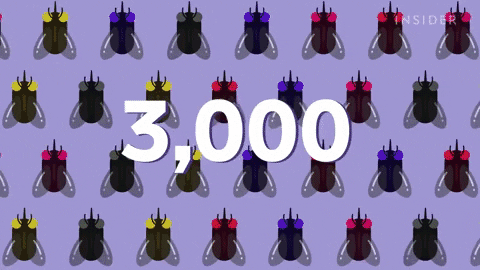
3,000 species of flies and mosquitoes on Earth are food for birds, bats, frogs…
The same applies to cockroaches, which provide a protein-rich meal for birds, rodents, and even humans in some parts of the world. If we lost all 4,400 species of cockroaches, the entire ecosystem would face an incredibly difficult period for survival. Additionally, cockroaches play the role of “machines” for decomposing waste. The world would be flooded with garbage without these creatures.
Moreover, we would encounter even worse problems related to manure waste, as we would lose the greatest recycling machines in the world, dung beetles. Back in 1788, when cattle were introduced from England to Australia in large numbers, these cows produced a significant amount of waste. While dung beetles in England would consume and process cow dung, the native beetles in Australia had only evolved to eat the dry, fibrous waste of marsupials.
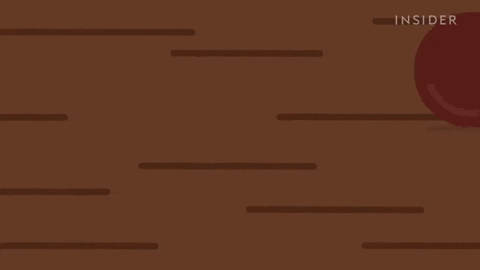
Without dung beetles, we would face issues with manure waste.
As a result, cow dung piled up. By 1960, the cattle population had covered 500,000 acres of pasture inundated with dung, equivalent to an area larger than half of Rhode Island. Fertilizer is only beneficial for plants in moderation; with such an overwhelming amount of dung, nothing could survive. Therefore, imagine if all 8,000 species of dung beetles disappeared worldwide, it would mean that the world would be buried in feces.
Furthermore, most animal species do not consume corpses, and the majority of insects that eat carrion perform this task. Over 500 species of carrion-eating insects exist worldwide, devouring dead animals until only bones remain. Thus, if they disappeared, even if starving vultures and surrounding bacteria worked at full capacity, it would still not be enough. Piles of decomposing bodies would lead to bacteria proliferating and diseases rampant.
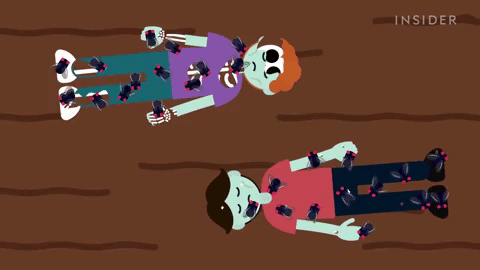
Without insects, we would face many threats to our environment.
These are just a few of the despised insect species. There are many other beneficial species as well. What would summer be like without the sound of cicadas and the flicker of fireflies? No butterflies to pollinate fruit trees. No honey.
In summary, insects are a part of life on Earth, even if they can be bothersome at times. A world without insects would mean losing many delicacies, a variety of delicious fruits, countless memories, and facing many threats to our environment (being buried in garbage, feces, and decomposing bodies). So, let’s get used to and be friendlier with these creatures!








































